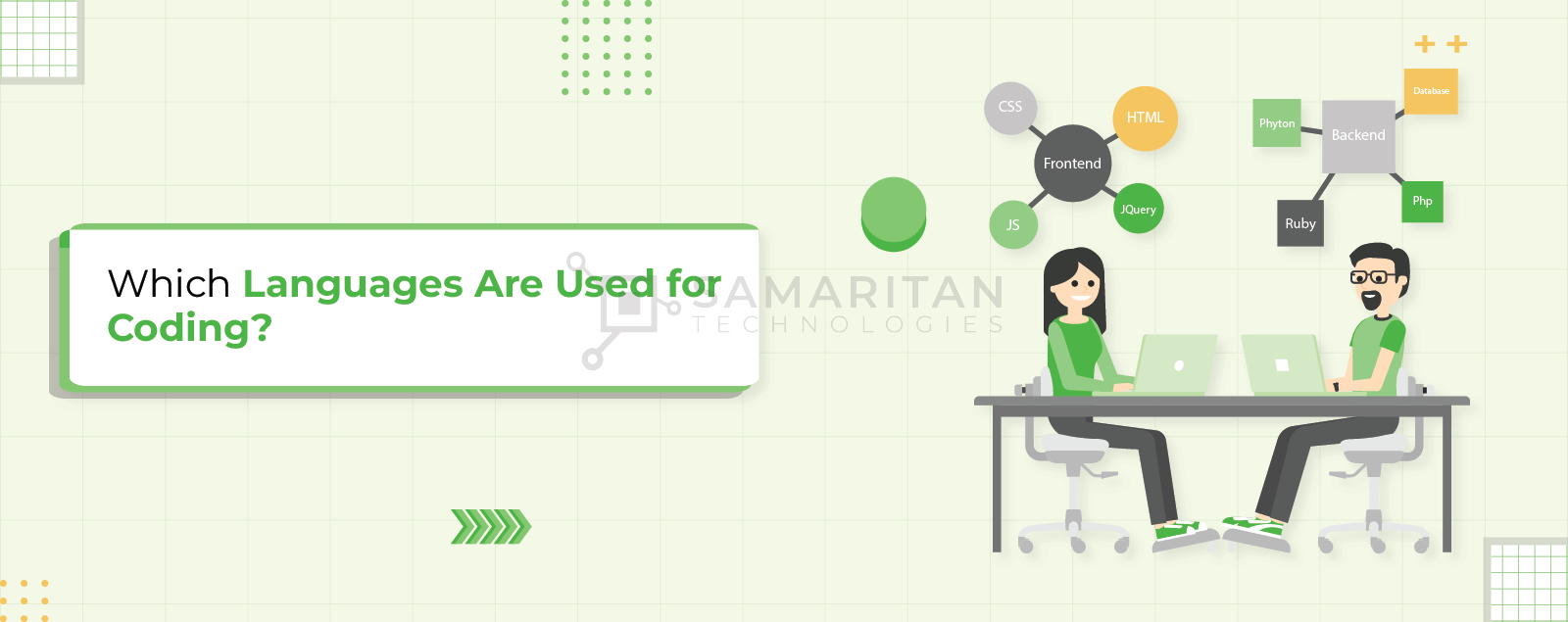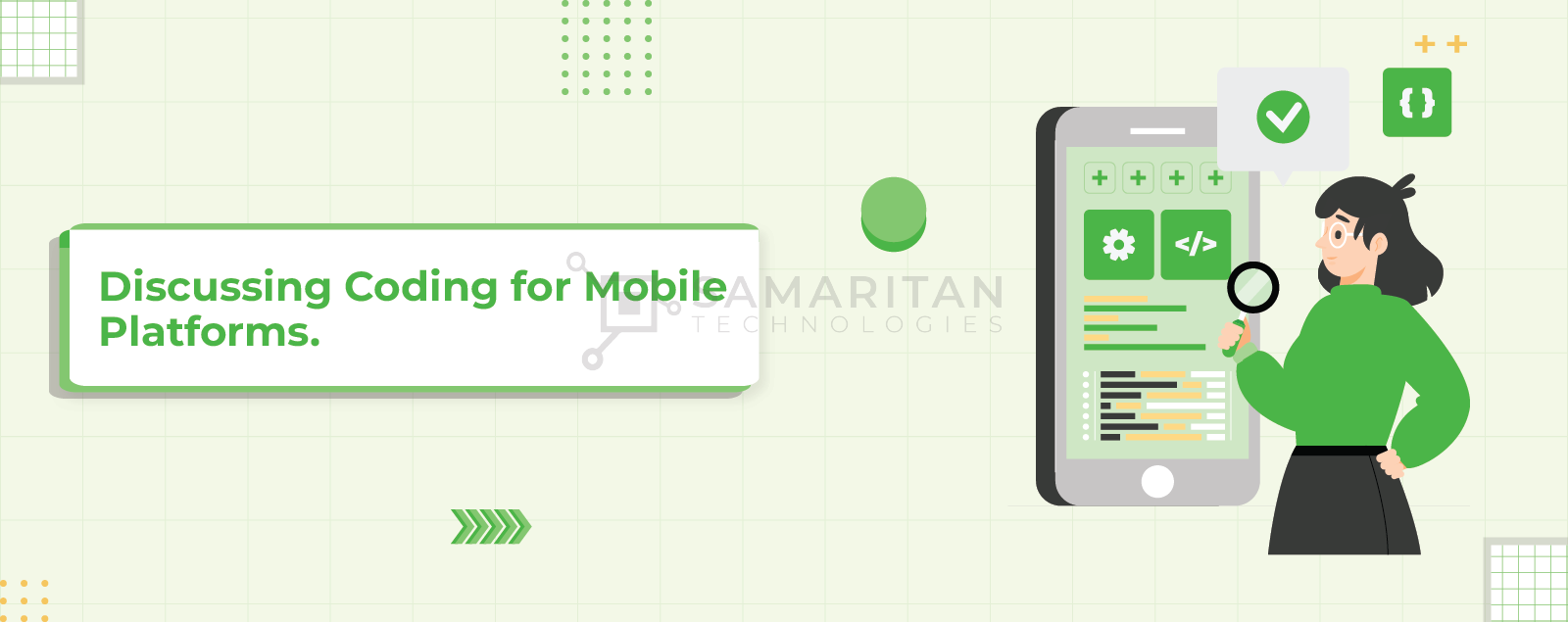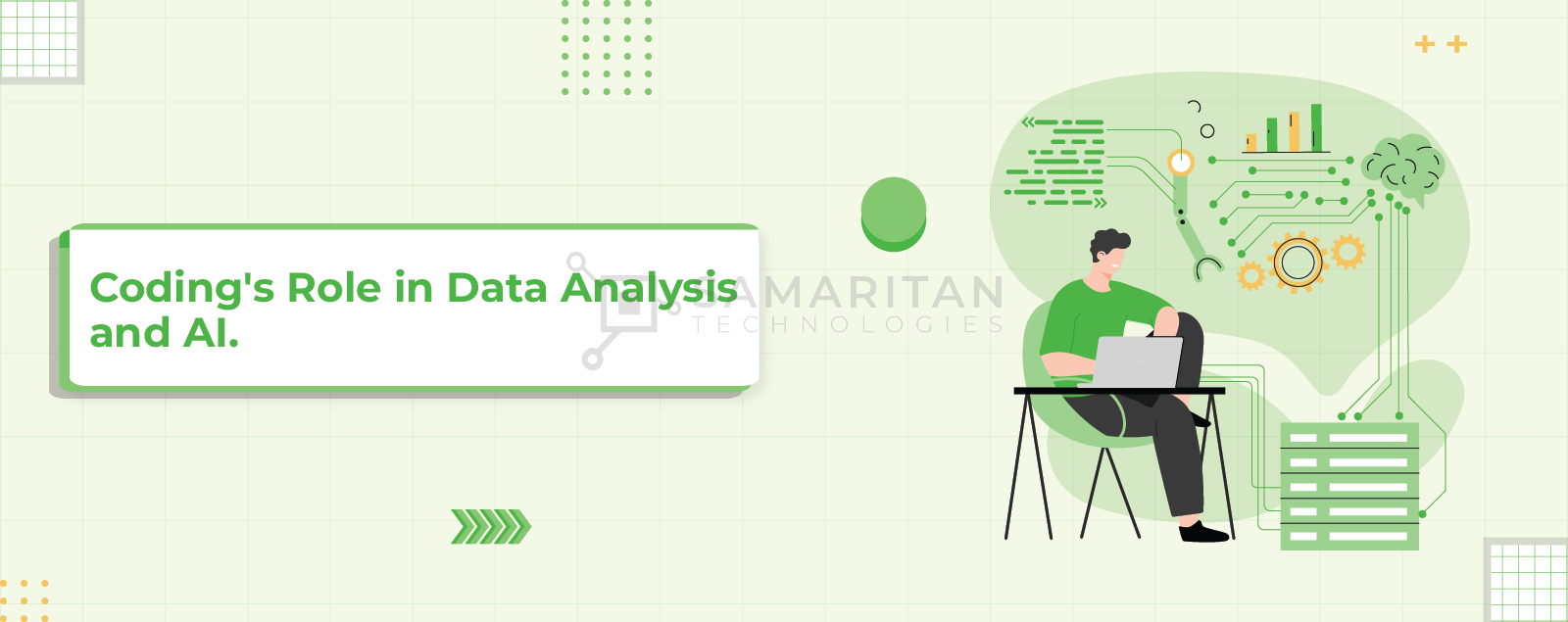Coding is the art and science of telling computers to carry out particular tasks. It is frequently referred to as the fundamental language of the digital age. It is the cornerstone of computer programming, a field that fosters creativity, fuels our digital world, and serves as the foundation for almost all of the modern technologies we use.
We will dig into the complexities of coding in this complete guide, looking at its definition, the languages used, how it functions, its effect on technology, different types of coding, best practices, and where to pick up this priceless ability.
What Is Coding?
Coding, at its core, is the process of converting human instructions into a format that computers can understand and execute. It is the fundamental language of computer programming, enabling developers to instruct machines to perform specific tasks, solve problems, and create software applications.
While coding and programming are closely related, there is a subtle distinction between the two. Coding is the specific act of translating an algorithm or concept into a programming language. It involves writing precise, step-by-step instructions in a structured format. On the other hand, programming encompasses a broader set of activities, including coding, but also involves designing software, testing, debugging, and maintaining it over time.

Which Languages Are Used for Coding?
Programming languages are the tools that developers use to communicate with computers, instructing them on how to perform various tasks and operations. There is a vast array of programming languages available, each with its own unique strengths, syntax, and applications. In this exploration of programming languages, we will take a closer look at both the popular general-purpose languages and specialized languages tailored for specific domains.
Popular Programming Languages:
Python: Renowned for its simplicity and readability, Python is a versatile language favored for web development, data analysis, artificial intelligence, and scientific computing. Its clear and concise syntax makes it an excellent choice for beginners.
JavaScript: As the backbone of web development, JavaScript is essential for creating dynamic and interactive web pages. It’s commonly used alongside HTML and CSS to build front-end web applications and is supported by all major web browsers.
Java: Known for its portability and strong community support, Java is a widely used language for building cross-platform applications. It is particularly favored for developing Android mobile apps.
C++: With a focus on performance and system-level programming, C++ is used in game development, operating systems, and resource-intensive applications. It offers fine-grained control over hardware resources.
Ruby: Ruby is celebrated for its elegant syntax and developer-friendly environment. It is often used in web development, particularly with the Ruby on Rails framework, known for its productivity and simplicity.
Specialized Languages:
SQL (Structured Query Language): SQL is a domain-specific language designed for managing and querying relational databases. It is the standard language for database management systems like MySQL, PostgreSQL, and Oracle.
HTML/CSS: While not traditional programming languages, HTML (Hypertext Markup Language) and CSS (Cascading Style Sheets) are crucial for web development. HTML structures web content, while CSS controls its presentation and layout.
R: R is a specialized language for statistical analysis and data visualization. It is widely used in data science and research fields to analyze and present data effectively.
MATLAB: MATLAB is employed primarily in academia and engineering for numerical computing, algorithm development, and data analysis. It provides an extensive library of mathematical functions.
Assembly Language: Assembly languages are low-level languages used for programming-specific computer architectures. They are vital in embedded systems and areas requiring direct hardware interaction.
How Does Coding Impact Technology?
Coding, the language of computers, is an omnipresent force shaping the technological landscape and revolutionizing the way we interact with the world. Its impact is profound and pervasive, ranging from the software that powers our smartphones to the algorithms that optimize supply chains.
In this exploration, we delve into the overarching influence of coding on technology and its ubiquitous presence in our daily lives.
The Technological Landscape:
Innovation Engine: Coding is the fuel of technological innovation. It drives the creation of new software, applications, and platforms that enhance our capabilities, from social media networks to artificial intelligence.
Operating Systems: Every computer, smartphone, and smart device relies on coding to operate. Operating systems like Windows, macOS, Android, and iOS are the result of extensive coding efforts, providing the foundation for all software interactions.
Web Development: The internet, a cornerstone of modern life, is built on coding. Websites, e-commerce platforms, and online services depend on code to deliver content and facilitate transactions.
Data Management: Coding plays a vital role in data storage, retrieval, and analysis. Databases, search engines, and big data analytics rely on code to manage and make sense of vast amounts of information.
Security: In the digital age, cybersecurity is paramount. Coding is central to the development of encryption algorithms, firewalls, and security protocols that protect sensitive information from cyber threats.
Coding in Everyday Life:
Healthcare: Medical professionals use coding to manage patient records, schedule appointments, and analyze medical data. Medical devices, from MRI machines to insulin pumps, rely on embedded code for their functionality.
Transportation: The automotive industry utilizes coding for vehicle control systems, navigation, and autonomous driving technology. Traffic management and logistics also heavily depend on coding for optimization.
Manufacturing: Coding guides industrial robots in manufacturing processes, increasing efficiency and precision. Quality control, inventory management, and supply chain optimization are also influenced by coding.
Entertainment: From video games to streaming services, entertainment experiences are driven by code. Game development, special effects in movies, and audiovisual streaming all rely on complex coding techniques.
Agriculture: Precision agriculture employs coding to optimize crop management, irrigation, and pest control. Drones equipped with coding-driven sensors monitor crop health and facilitate precision farming.
Finance: Financial institutions rely on coding for secure transactions, risk assessment, and algorithmic trading. Blockchain technology, which underlies cryptocurrencies, is also a product of coding.
Types of Coding: Beyond Software Development
While coding is often associated with software development, its applications extend far beyond this realm. In the ever-evolving technological landscape, coding serves as the bedrock for various specialized domains.
Web Development: Exploring coding for websites and web applications
Web development is an essential facet of coding, driving the creation of websites and web applications that underpin our online experiences. Here are key aspects of web development coding:
HTML (Hypertext Markup Language): HTML is the foundation of web development. It structures web content, defining elements like headings, paragraphs, and links.
CSS (Cascading Style Sheets): CSS is used to control the presentation and layout of web content. It governs aspects like fonts, colors, and page responsiveness.
JavaScript: JavaScript adds interactivity and dynamic behavior to web pages. It enables features such as form validation, interactive maps, and real-time updates without requiring page reloads.
Frameworks and Libraries: Web developers often leverage frameworks like React, Angular, and Vue.js to streamline development and improve code organization.
Web development coding brings concepts to life on the internet, providing users with intuitive interfaces, interactive content, and seamless navigation.

Mobile App Development: Discussing coding for mobile platforms
Mobile app development is another area where coding plays a pivotal role. Developers create applications for iOS and Android platforms using specific coding languages and tools:
Swift and Objective-C (iOS): Swift is Apple’s modern, user-friendly language for iOS app development. Objective-C is an older language that is still used, especially for legacy projects.
Java and Kotlin (Android): Java was traditionally the primary language for Android app development, but Kotlin has gained popularity due to its conciseness and enhanced safety features.
Cross-Platform Development: Tools like Flutter and React Native enable developers to write code once and deploy it on both iOS and Android platforms, reducing development time and costs.
Mobile app development coding focuses on creating user-friendly, platform-specific experiences that take advantage of device features like touchscreens, cameras, and sensors.
Embedded Systems: Understanding coding for hardware and IoT devices
Embedded systems involve coding for hardware devices that perform dedicated functions, often with limited resources. Coding in this context is highly specialized and used in:
IoT Devices: Internet of Things (IoT) devices, such as smart thermostats and wearable fitness trackers, require coding to control sensors, communicate data, and respond to user input.
Automotive Systems: In the automotive industry, coding is used to control engine functions, manage vehicle safety systems, and enable features like infotainment and autonomous driving.
Consumer Electronics: Devices like digital cameras, microwave ovens, and smart TVs rely on embedded code to function.

Data Science and Machine Learning: Coding’s role in data analysis and AI
In the realm of data science and machine learning, coding serves as the backbone for analyzing vast datasets and building artificial intelligence models. Key coding elements include:
Python: Python is the go-to language for data science and machine learning due to its extensive libraries (e.g., NumPy, Pandas, TensorFlow) and ease of use.
R: R is another language popular among statisticians and data analysts for its extensive statistical packages and data visualization capabilities.
Machine Learning Frameworks: Libraries like TensorFlow, PyTorch, and sci-kit-learn provide tools and algorithms for developing machine learning models.
Coding in data science involves data preprocessing, exploratory data analysis, model training, and evaluation, ultimately leading to insights and predictions.